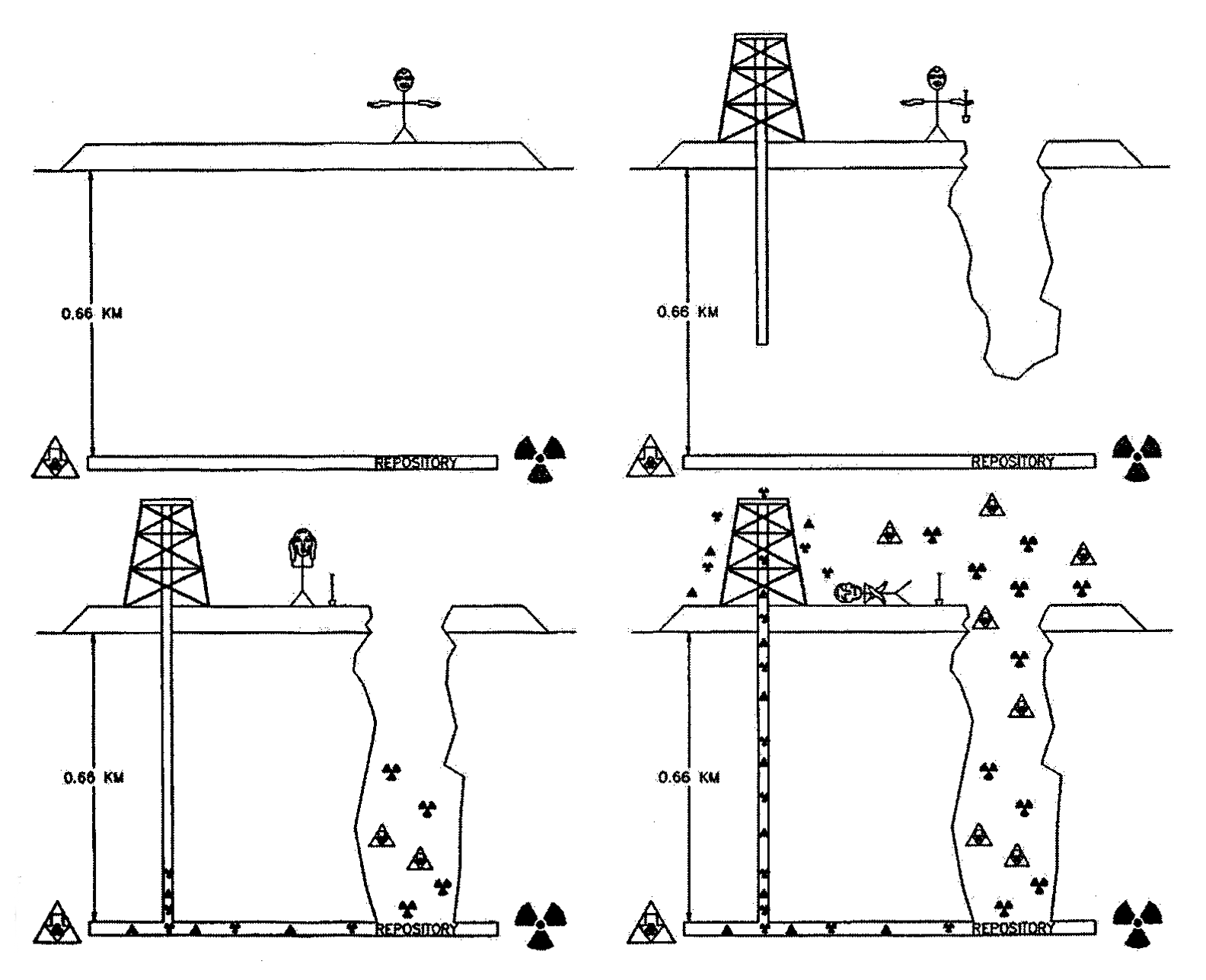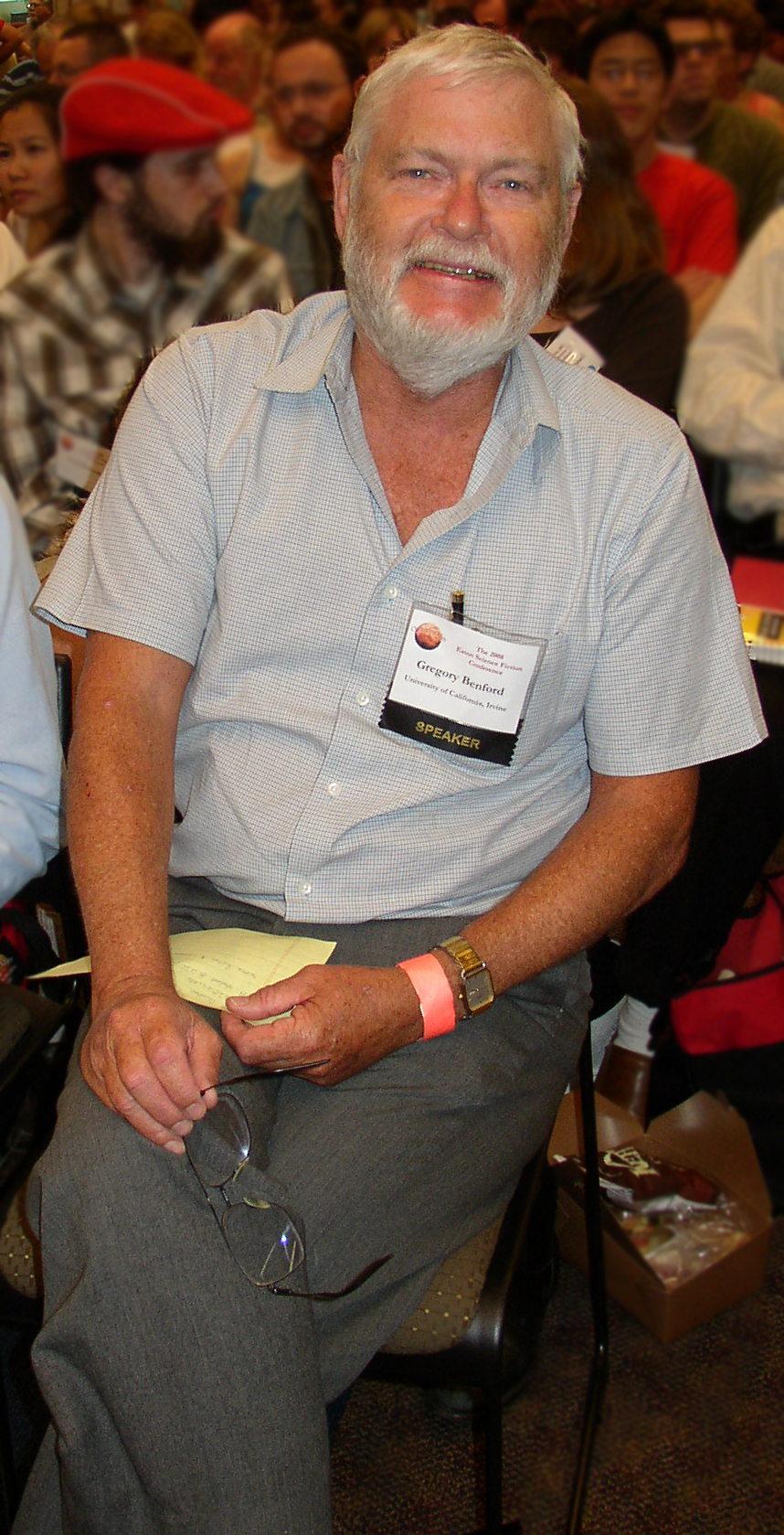|
Human Interference Task Force
The Human Interference Task Force was a team of engineers, anthropologists, nuclear physicists, behavioral scientists and others convened on behalf of the U.S. Department of Energy and Bechtel Corp. to find a way to reduce the likelihood of future humans unintentionally intruding on radioactive waste isolation systems. See also *Hazard symbol *Long-term nuclear waste warning messages References Further reading * Roland Posner (Hg.): ''Warnungen an die ferne Zukunft – Atommüll als Kommunikationsproblem''. Raben-Verlag, München, * J. Kreusch und H. Hirsch: ''Sicherheitsprobleme der Endlagerung radioaktiver Abfälle in Salz''. Gruppe Ökologie, Hannover 1984 * Umberto Eco: ''The search for the perfect language'', Wiley-Blackwell, 1995, pages 176–177. The Search for the Perfect Language * Vincent IalentiDeep Time Reckoning, The MIT Press, 2020, Deep Time Reckoning: How Future Thinking Can Help Earth Now * Thomas A. Sebeok; ''Communication Measures to Bridge Ten Mille ... [...More Info...] [...Related Items...] OR: [Wikipedia] [Google] [Baidu] |
Bechtel
Bechtel Corporation () is an American engineering, procurement, construction, and project management company founded in San Francisco, California, and headquartered in Reston, Virginia. , the ''Engineering News-Record'' ranked Bechtel as the second largest construction company in the United States. History Founding and early years Bechtel's business activities began in 1898, when cattle farmer Warren A. Bechtel moved from Peabody, Kansas, to the Oklahoma Territory to construct railroads with his team of mules. Bechtel moved his family frequently between construction sites around the western United States for the next several years, eventually moving to Oakland, California, in 1904, where he worked as the superintendent on the Western Pacific Railroad. In 1906, W. A. Bechtel won his first subcontract to build part of the Oroville-to-Oakland section of the Western Pacific Railroad. That year he bought a steam shovel, becoming a pioneer of the new technology. He painted "W.A. ... [...More Info...] [...Related Items...] OR: [Wikipedia] [Google] [Baidu] |
Radioactive Waste
Radioactive waste is a type of hazardous waste that contains radioactive material. Radioactive waste is a result of many activities, including nuclear medicine, nuclear research, nuclear power generation, rare-earth mining, and nuclear weapons reprocessing. The storage and disposal of radioactive waste is regulated by government agencies in order to protect human health and the environment. Radioactive waste is broadly classified into low-level waste (LLW), such as paper, rags, tools, clothing, which contain small amounts of mostly short-lived radioactivity, intermediate-level waste (ILW), which contains higher amounts of radioactivity and requires some shielding, and high-level waste (HLW), which is highly radioactive and hot due to decay heat, so requires cooling and shielding. In nuclear reprocessing plants about 96% of spent nuclear fuel is recycled back into uranium-based and mixed-oxide (MOX) fuels. The residual 4% is minor actinides and fission products the latter of w ... [...More Info...] [...Related Items...] OR: [Wikipedia] [Google] [Baidu] |
Hazard Symbol
Hazard symbols or warning symbols are recognisable symbols designed to warn about hazardous or dangerous materials, locations, or objects, including electric currents, poisons, and radioactivity. The use of hazard symbols is often regulated by law and directed by standards organizations. Hazard symbols may appear with different colors, backgrounds, borders, and supplemental information in order to specify the type of hazard and the level of threat (for example, toxicity classes). Warning symbols are used in many places in lieu of or addition to written warnings as they are quickly recognized (faster than reading a written warning) and more commonly understood (the same symbol can be recognized as having the same meaning to speakers of different languages). List of common symbols Tape with yellow and black diagonal stripes is commonly used as a generic hazard warning. This can be in the form of barricade tape, or as a self-adhesive tape for marking floor areas and the like ... [...More Info...] [...Related Items...] OR: [Wikipedia] [Google] [Baidu] |
Long-term Nuclear Waste Warning Messages
Long-term nuclear waste warning messages are communication attempts intended to deter human intrusion at nuclear waste repositories in the far future, within or above the order of magnitude of 10,000 years. Nuclear semiotics is an interdisciplinary field of research, first done by the American Human Interference Task Force in 1981. A 1993 report from Sandia National Laboratories recommended that such messages be constructed at several levels of complexity. They suggested that the sites should include foreboding physical features which would immediately convey to future visitors that the site was both man-made and dangerous, as well as providing pictographic information attempting to convey some details of the danger, and written explanations for those able to read it. Message A 1993 report from Sandia National Laboratories aimed to communicate a series of messages non-linguistically to any future visitors to a waste site. It gave the following wording as an example of what thos ... [...More Info...] [...Related Items...] OR: [Wikipedia] [Google] [Baidu] |
Der Spiegel
''Der Spiegel'' (, lit. ''"The Mirror"'') is a German weekly news magazine published in Hamburg. With a weekly circulation of 695,100 copies, it was the largest such publication in Europe in 2011. It was founded in 1947 by John Seymour Chaloner, a British army officer, and Rudolf Augstein, a former Wehrmacht radio operator who was recognized in 2000 by the International Press Institute as one of the fifty World Press Freedom Heroes. Typically, the magazine has a content to advertising ratio of 2:1. ''Der Spiegel'' is known in German-speaking countries mostly for its investigative journalism. It has played a key role in uncovering many political scandals such as the ''Spiegel'' affair in 1962 and the Flick affair in the 1980s. According to ''The Economist'', ''Der Spiegel'' is one of continental Europe's most influential magazines. The news website by the same name was launched in 1994 under the name ''Spiegel Online'' with an independent editorial staff. Today, the content is ... [...More Info...] [...Related Items...] OR: [Wikipedia] [Google] [Baidu] |
Gregory Benford
Gregory Benford (born January 30, 1941) is an American science fiction author and astrophysicist who is professor emeritus at the Department of Physics and Astronomy at the University of California, Irvine. He is a contributing editor of ''Reason'' magazine.Who's Getting Your Vote? '''' Benford wrote the science fiction novels, beginning with '''' (1977). [...More Info...] [...Related Items...] OR: [Wikipedia] [Google] [Baidu] |
99% Invisible
''99% Invisible'' is a radio show and podcast produced and created by Roman Mars that focuses on design. It began as a collaborative project between San Francisco public radio station KALW and the American Institute of Architects in San Francisco. The show has been distributed by PRX for broadcasting on a number of radio stations and as a podcast on the Radiotopia network. On April 28, 2021, Roman Mars announced in an introduction of a re-released episode that ''99% Invisible'' had been purchased by Sirius XM and marketed as part of its Stitcher Radio brand. History The name of the show was derived from a quote by Buckminster Fuller that, "Ninety-nine percent of who you are is invisible and untouchable." The goal of the show is to expose the unseen and overlooked aspects of design, architecture, and activity in the world. Each episode generally focuses on a single topic or specific example of design, often including interviews with architects, experts, or people who have influenc ... [...More Info...] [...Related Items...] OR: [Wikipedia] [Google] [Baidu] |
Semiotics
Semiotics (also called semiotic studies) is the systematic study of sign processes ( semiosis) and meaning making. Semiosis is any activity, conduct, or process that involves signs, where a sign is defined as anything that communicates something, usually called a meaning, to the sign's interpreter. The meaning can be intentional such as a word uttered with a specific meaning, or unintentional, such as a symptom being a sign of a particular medical condition. Signs can also communicate feelings (which are usually not considered meanings) and may communicate internally (through thought itself) or through any of the senses: visual, auditory, tactile, olfactory, or gustatory (taste). Contemporary semiotics is a branch of science that studies meaning-making and various types of knowledge. The semiotic tradition explores the study of signs and symbols as a significant part of communications. Unlike linguistics, semiotics also studies non-linguistic sign systems. Semiotics includes th ... [...More Info...] [...Related Items...] OR: [Wikipedia] [Google] [Baidu] |



